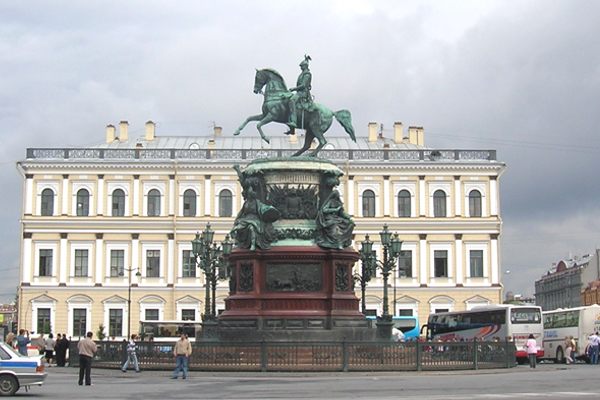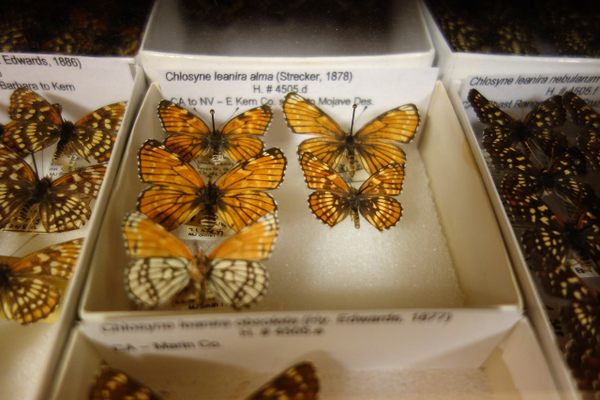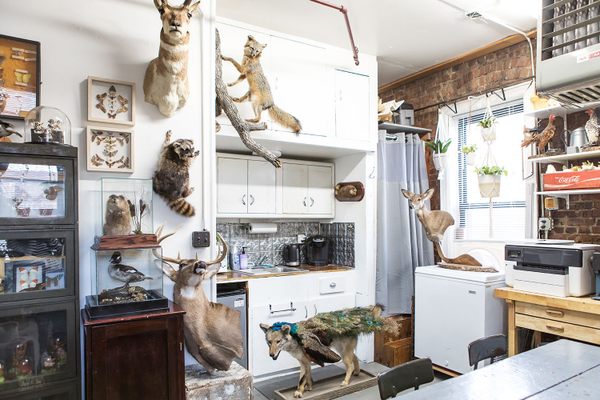AO Edited
Nabokov's Butterflies
Specimens collected by the author of "Lolita" and self-taught lepidopterist are exhibited in his childhood home.
While renowned for authoring literary masterpieces like Lolita and Pale Fire, Vladimir Nabokov was also an active collector of butterflies and has gained much posthumous respect for his scientific research. At least 570 mentions of butterflies have been counted in his work and over 20 species of butterfly have been named after his fictional characters.
The Russian author’s passion for lepidoptery, the study of butterflies, is preserved in his collection of pinned shimmery-winged insects in the Nabokov Museum in St. Petersburg.
After catching his first butterfly at the age of six, Nabokov’s curiosity became an obsession. When he was eight, he brought a butterfly to his father who had been imprisoned for political activities. After his family escaped in 1917 to Crimea from the Bolshevik Revolution, he studied butterflies to ward off homesickness. When he fled the Nazis to the United States in 1940, he took the job of Curator of Lepidoptera at Harvard University’s Museum of Comparative Zoology, where he spent his time sorting and mounting butterflies for up to 14 hours a day and collected butterflies around the country.
In 1945, he developed a theory on butterfly evolution based on his examination of the Polyommatus blues that had them journeying in five waves from Asia over the Bering Strait south into Chile before going north to the New World. Although his theories were dismissed by contemporary lepidopterists, in 2011 the Proceedings of the Royal Society of London announced that after using gene-sequencing technology it had been confirmed that Nabokov was completely right in his theory.
Following the commercial success of Lolita, he moved back to Europe in 1958 to Switzerland, partly for the butterflies that fluttered over its alpine meadows. While he worked on two butterfly books, Butterflies of Europe and Butterflies in Art, he never finished either. After a bad fall on an alpine slope during a butterfly-catching expedition, he died in Lausanne on July 2, 1977.
Although an avid collector throughout his life, his only collections that still exist are those he assembled while in the United States and in Switzerland. The remains have dispersed to the American Museum of Natural History in New York, the museums of Harvard and Cornell, the Zoological Museum in Lausanne, and the Nabokov Museum in St. Petersburg on Bolshaya Morskaya Street, established in the house where he was born in 1899. The house has undergone significant change since his family left in 1917, yet it still possesses much of its old world aesthetic in its dining room, drawing room, and library. Nabokov fans can appreciate it as “the only house in the world,” which, like the fleeting beauty of butterflies, made regular appearances in his prose.



















Follow us on Twitter to get the latest on the world's hidden wonders.
Like us on Facebook to get the latest on the world's hidden wonders.
Follow us on Twitter Like us on Facebook